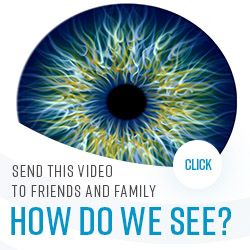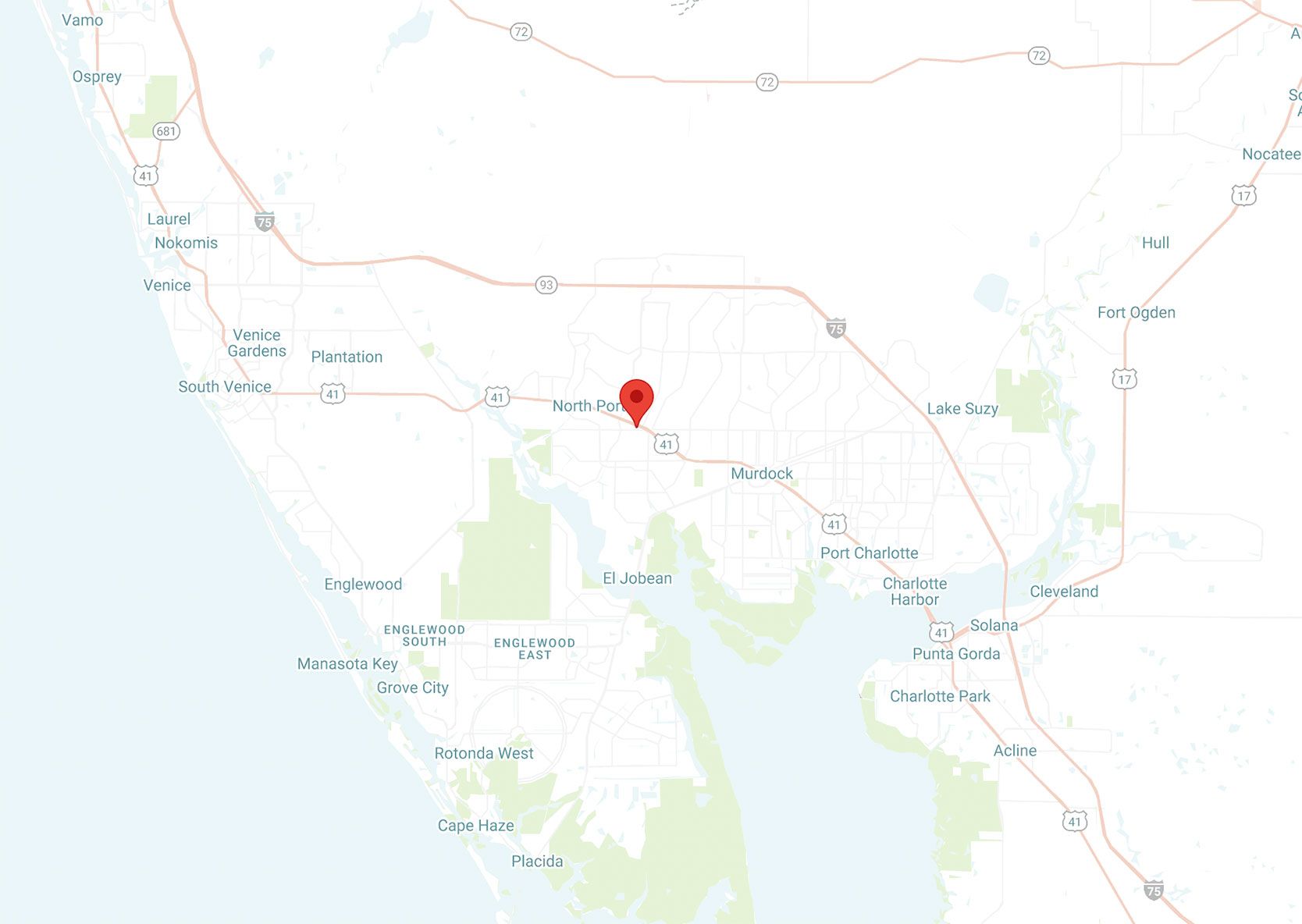Comprehensive Eye and Vision Examinations
The American Optometric Association recommends comprehensive eye exams at 6 months of age, 3 years old, 5 years old and every year thereafter. Eyes develop and change quickly, so it is incredibly important to have children’s eyes examined by a doctor. Vision screenings at school or at their pediatrician can identify severe vision problems, but many get missed without a comprehensive exam with a pediatric eye doctor, such as Dr. Hicks.
Periodic eye and vision examinations are an important part of preventive health care. Many eye and vision problems have no obvious signs or symptoms. As a result, individuals are often unaware that problems exist. Early diagnosis and treatment of eye and vision problems are important for maintaining good vision and eye health, and when possible, preventing vision loss.

The SeePort Optometry Eye Exam Experience
Patient History
A patient history helps to determine any symptoms the patient is experiencing, when they began, the presence of any general heath problems, medications taken and occupational or environmental conditions that may be affecting vision. The doctor will ask about any eye or vision problems you may be having and about your overall health. Dr. Hicks will also ask about any previous eye or health conditions of you and your family members. Click the Icon to be directed to our new patient registration form if you have not completed it already.
Preliminary Testing
Preliminary testing may include evaluation of specific aspects of visual function and eye health such as depth perception, color vision, eye muscle movements, peripheral or side vision, and the way your pupils respond to light. We do not have “the puff test” in our office, so no worries there! The auto refractor is an instrument we use to get a starting off point for Dr. Hicks. It gives us measurements and data that assist him in testing for your glasses prescription and fitting contact lenses.
Visual Acuity Measurement
Reading charts are often used to measure visual acuity. Visual acuity measurements evaluate how clearly each eye is seeing. As part of the testing, you are asked to read letters on distance and near reading charts. The results of visual acuity testing are written as a fraction such as 20/40.
When testing distance vision, the top number in the fraction is the standard distance at which testing is done, twenty feet. The bottom number is the smallest letter size you were able to read. A person with 20/40 visual acuity would have to get within 20 feet of a letter that should be seen at 40 feet in order to see it clearly. Normal distance visual acuity is 20/20.
Click here to view a vision simulator, giving you a view through the eyes of several different prescriptions.
Refraction to Determine Prescription
Determining refractive error with a phoropter and retinoscope
A Refraction is conducted to determine the appropriate lens power needed to compensate for any refractive error (nearsightedness, farsightedness, or astigmatism). Using an instrument called a phoropter, Dr. Hicks places a series of lenses in front of your eyes and measures how they focus light using a hand held lighted instrument called a retinoscope. . The power is then refined by patient’s responses to determine the lenses that allow the clearest vision. Dr. Hicks measures how well the lenses are combined by asking you to read the eye chart, making sure that your vision is as clear and crisp as possible, both in the distance and up close.
Eye Health Evaluation
External examination of the eye includes evaluation of the cornea, eyelids, conjunctiva and surrounding eye tissue using bright light and magnification.
Evaluation of the lens, retina and posterior section of the eye may be done through a dilated pupil to provide a better view of the internal structures of the eye.
Tonometry measures eye pressure. Normal eye pressures range from 10 to 21 millimeters of mercury (mm Hg), averaging about 14 to 16 mm Hg. Anyone with eye pressure greater than 22 mm Hg is at an increased risk of developing glaucoma, although many people with normal pressure also develop glaucoma. Regular eye exams are necessary to monitor eye pressure.
Dilation Drops are Administered to allow the pupil to expand, giving Dr. Hicks an unobstructed view of the retina, the pathway from the eye to the brain.
Eyeglasses or Contact Lens Fitting
With your new prescription, you will invited into SeePort Optometry’s Optical Gallery to choose eyewear based on your style, prescription and budget.
Click here view our current inventory and try on frames from home.
Additional Assessments
Assessment of accommodation, ocular motility and binocular vision determines how well the eyes focus, move and work together. In order to obtain a clear, single image of what is being viewed, the eyes must effectively change focus, move and work in unison. This testing will look for problems that keep your eyes from focusing effectively or make using both eyes together difficult. This is an example of a common issue that is not tested for during a vision screening. Dr. Hicks and staff make sure the eyes work well together, which is just as important as the power of your glasses.
Additional testing may be needed based on the results of the previous tests to confirm or rule out possible problems, to clarify uncertain findings, or to provide a more in-depth assessment.
At the completion of the examination, your optometrist Dr. Hicks will evaluate your eye health and explain available treatment options if necessary. In some cases, referral for consultation with, or treatment by, an ophthalmologist or other health care provider may be necessary.
If you have questions regarding any eye or vision conditions diagnosed, or treatment recommended, don’t hesitate to ask for additional information or explanation from your doctor. Visit our Glaucoma, Diabetic Retinopathy and Macular Degeneration page to learn more about the diseases Dr. Hicks checks for during each comprehensive examination.
Looking for a Check-up?
We'd love to hear from you!
SeePort Optometry Office of Dr. Jesse Hicks 4381 Aidan Lane. North Port, FL 34287 941-876-4400
Make an Appointment
View Available Appointments and Schedule Online. Annual Eye Exams, Emergency Eye Care, and Optical Appointments.
Optical Gallery
Virtually try on frames at home. Send us a wishlist so we know your style! Browse Current Inventory or Design Custom Eyewear!
New Patients
Patient Information and Resource Center. All the information you need before, at and after your appointment!








